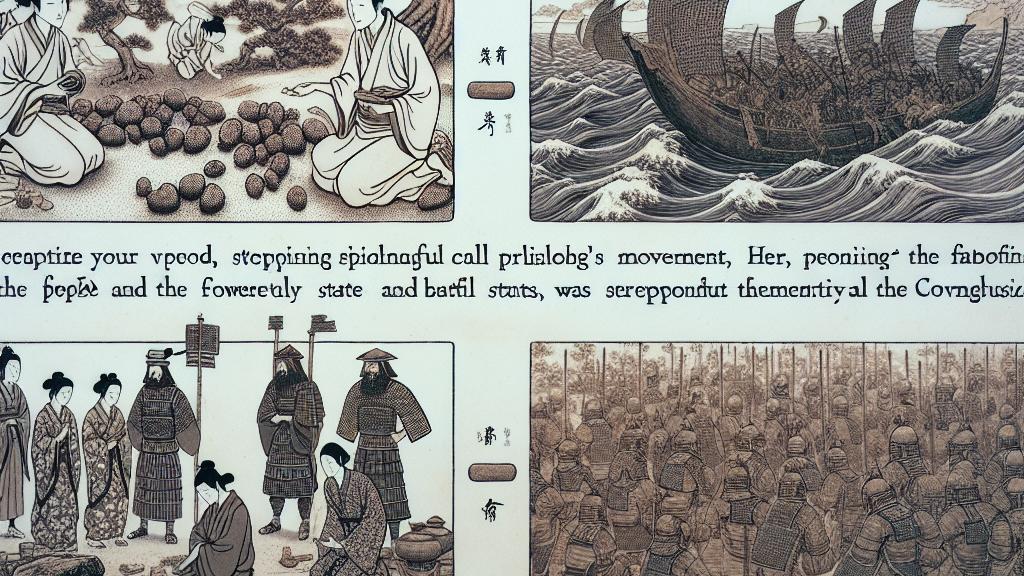A Fun Look at Japan and China's Ancient Civilizations
Overview
- Explores the fascinating contrast between Japan and China's historical timelines.
- Analyzes how agriculture transformed societies into advanced civilizations.
- Highlights unique cultural innovations and the legacies left behind.

Ancient Timelines
Let's take a journey through time! Imagine Japan during the Jomon period: people were gathering acorns and skillfully crafting pottery. It's fascinating to think that at the same time, across the sea, China was buzzing with activity during its Spring and Autumn period. Here, brave warriors donned their armor, developed complex battle strategies, and formed powerful states. This was not just a fight for land; it was an era filled with profound philosophical movements, with thinkers like Confucius planting seeds of wisdom that would grow into the very fabric of Chinese society. Hence, while Japan was just beginning to dance on the stage of civilization, China had already crafted an intricate tapestry of culture and governance.
Agriculture's Role in Civilization
Agriculture played a pivotal role in shaping our world, acting as the bedrock of civilization! In ancient Mesopotamia, the invention of farming turned nomadic tribes into settled communities. These communities flourished, leading to sophisticated states with rich cultural heritages. Similarly, in Japan, the Yayoi period witnessed the rise of rice farming, transforming the social landscape. Picture this: small, scattered groups of people began cultivating rice and living in larger kinship units, which eventually morphed into organized communities. This agricultural shift didn’t just fill bellies; it sowed the seeds for class distinctions and leadership structures. From simple hunters to skilled farmers, both cultures embarked on a transformative journey that redefined their identities and histories.
Cultural Comparisons
When diving into cultural innovations, the differences between Japan and China shine brightly. Chinese civilization gave the world groundbreaking inventions—think of paper, which made recording history easier; gunpowder, which forever changed warfare; and the compass, allowing explorers to wander far and wide. However, Japan, too, was brimming with its rich traditions, focusing on developing unique art forms and governance practices. It's like comparing an impressive skyscraper—where technology meets art—to a beautiful handcrafted pottery piece—intricate and meaningful in its context. Both represent exquisite craftsmanship but in different trades. Understanding these distinct cultural heritages not only deepens our appreciation for each society but also broadens our view of humanity’s diverse paths.

Loading...